
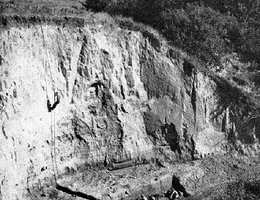
9000 to 7000 Years Ago: Nebraska’s First People
The objects from this site were made by some of Nebraska’s first known people: the Paleo-Indian people.
The site is located in southern Nebraska’s Frontier County. Learn more about them in the Activities and Resources.
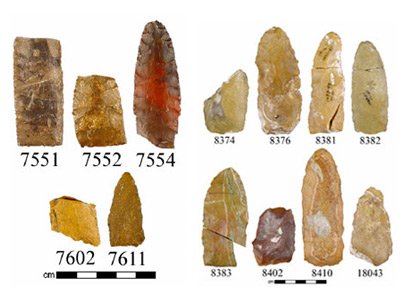
Lime Creek is only one of several sites in this area that were used by ancient Nebraska people. Why do you think this area was used so much?
Around 7,000 years ago the Lime Creek site was drier than before. What sort of animals can live in grasslands and prairies? What sort of food could ancient people find on the prairies?
Why do archaeologists usually only find stone tools and not plants or clothing at a site?
If you moved around during the year, what kind of an area would you seek in spring? In fall?In winter? In summer?
Studying the layers of dirt that has accumulated on a site is called what?
Older sediments would be found beneath newer sediments. True or false?
Why are there more artifacts found around the fireplaces?
Imagine that you are a Paleoindian hunter: what activities would you be doing around a fire?Activities away from the fire?
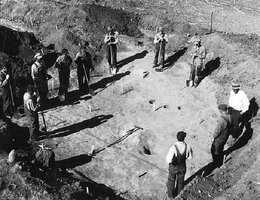
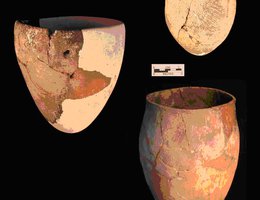
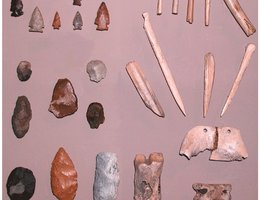
2000 to 1500 Years Ago: Ancient Pottery
Ancient pottery intrigues us. The shapes and sizes tell us about the people who formed the pots and about their daily lives: fetching water, cooking dinner, storing food for the long winter.
In this archaeological site, some of the earliest pottery in Nebraska has been found. In the Teacher Activities below, learn how archaeologists used the fragments of these ancient objects to understand the lives of people in central Nebraska’s Valley County some 2000 to 1500 years ago.
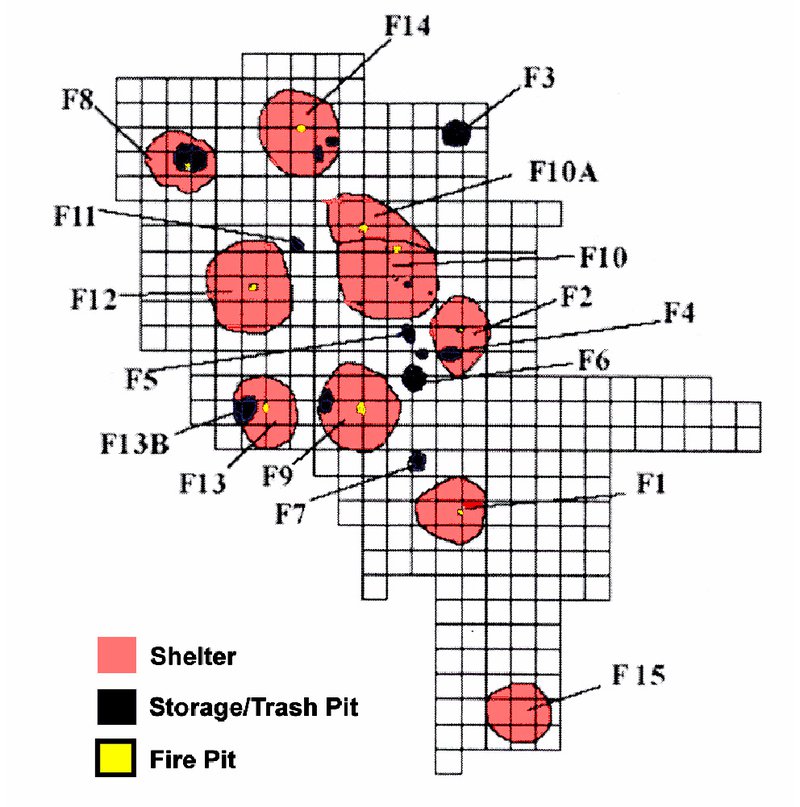
Do you think all of the shelters were used at the same time? Why or why not? Hint: How close would you want your neighbors to be to your house or storage pits?
How large were the houses in the Plains Middle Woodland time?
Can you think of items in your own home that have broken and needed to be repaired like a chair or a blanket?
What do you think are some activities that would need an animal bone tool?
If you had to pick only one tool to carry with you, what would it be? Why?
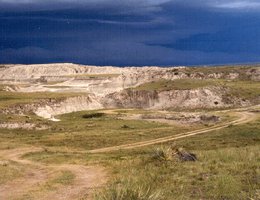
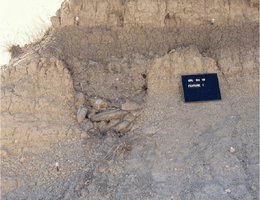
1800 to 1100 Years Ago: Life on the Prairies
Out on the prairies of Western Nebraska, nearly 1,800 to 1,200 years ago, the land was wetter.
The ancient people who called this place home used the land and the wild plants they found there to live. There was more to life on the ancient prairies than hunting bison! Learn about Nebraska’s changing landscape in this site from western Nebraska’s Oglalla National Grasslands in the Teacher Activities button below.
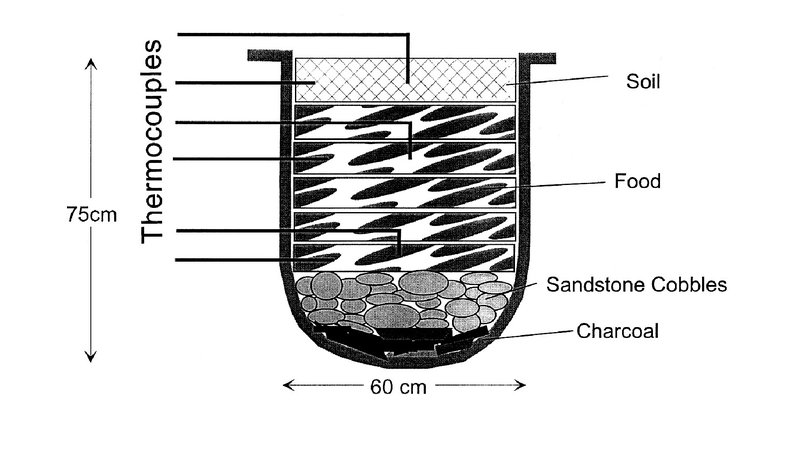
If you were living in western Nebraska 1500 years ago, would you have liked to dig pit hearths and cook plants?
What activities might ancient Nebraskans have been doing while they waited for the plants to cook?
What is experimental archaeology?
If you were an archaeologist and found only blackened rocks in a pit hearth, what would you conclude?
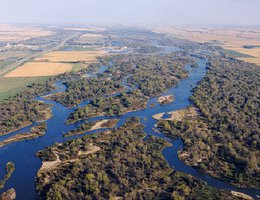
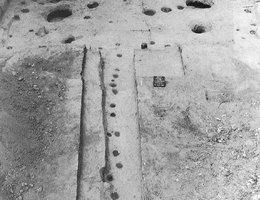

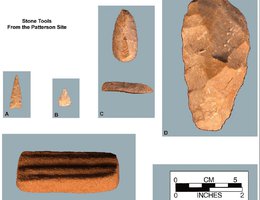
1000 to 600 Years Ago: Farm Families
In east central Nebraska’s Sarpy County, some of Nebraska’s ancient farming families made their home.
In the Activities and Lesson Plans, students will study the remains of their houses and the objects they used. They will learn to study these ancient objects to understand the daily lives of ancient families.

Where in Nebraska did Central Plains tradition people live?
Why do you think people moved away from the site and then came back?
What kinds of materials did Central Plains tradition people collect from their environment?
The Central Plains tradition people most likely did not have written words or schools. How do you think children learned the things they needed to know in order to survive and continue their society?
Is there a historic building in your town that is very important? For example, an old library, courthouse, movie theater?
Why are old places important to people?
What can we learn from historic buildings about people in the past?
What can we learn from archaeological sites about people in the past?
Today, people do need homes, hospitals, good roads, and water. How do you think the need to build and the need to preserve historic places can be balanced?